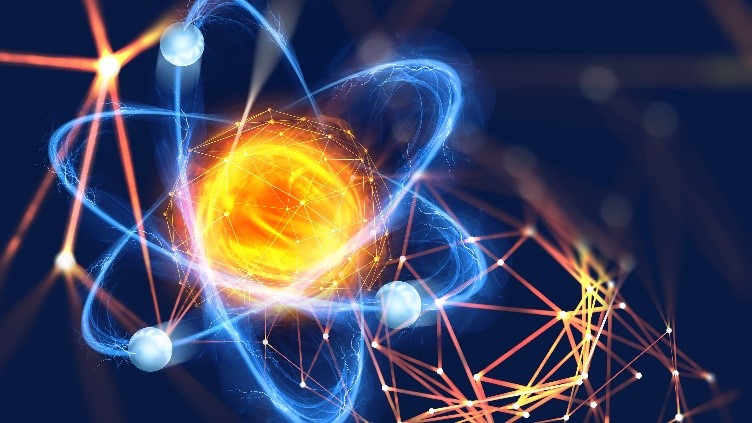Free Courses Sale ends Soon, Get It Now


Free Courses Sale ends Soon, Get It Now



Disclaimer: Copyright infringement not intended.
Context
What are neutrinos?
How are atmospheric neutrinos produced in nature?
Antiparticles
|
PRACTICE QUESTION Q) Which of the following statements is/are correct? a. The majority of neutrinos which are detected about the Earth are from nuclear reactions inside the Sun. b. Some particles, such as the photon, are their own antiparticle. I. Only a II. Only b III. Both a and b IV. Neither a nor b Answer: Option III |
© 2024 iasgyan. All right reserved